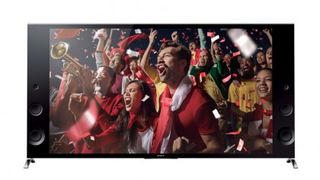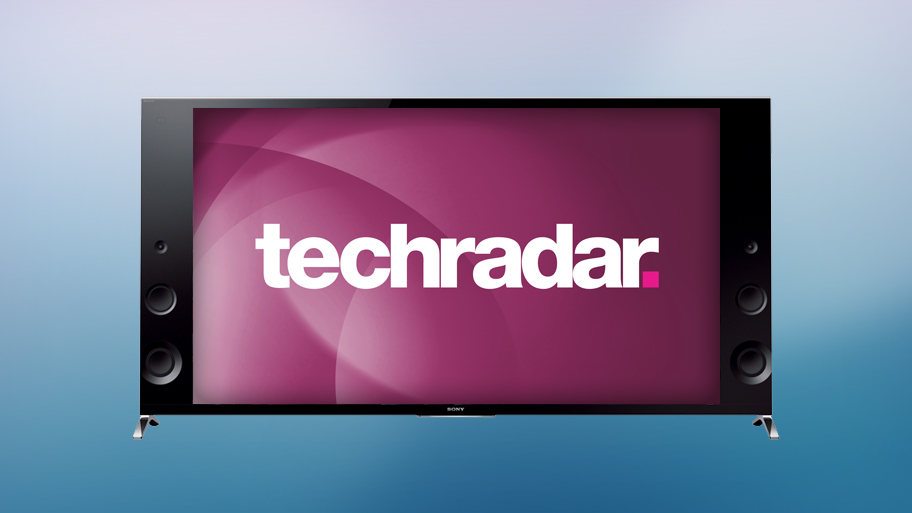Why you can trust TechRadar
If there's a better 4K picture performer out there than the Sony KD-65X9005B, I haven't seen it.
To assess the screen in full-fat 4K, I hooked up a media server packed with movie, music and sports sequences. The set duly dazzled with detail and image refinement. House of Cards Season 2, in Netflix 4K, exhibits lavish texture and depth. The set will really have you hankering after more 4K content.
Thankfully, upscaling of Full HD sources is similarly outstanding. The latest X-Reality Pro image processing circuitry does a remarkable job extrapolating detail from 1080 sources. HD TV broadcasts magically gain solidity and nuance, while Blu-ray's look nothing short of brilliant in faux 4K. This Triluminos-branded system is compatible with the extended x.y.colour information included in the brand's Mastered in 4K Blu-ray disc line, although this only works on the cinema preset.

Of course, it's not just that four times Full HD resolution that impresses. The screen boasts huge dynamics with deep blacks and peaky whites, a consequence of Sony's X-tended Dynamic range image manipulation. Edge backlighting is reassuringly even.
Colour fidelity is also excellent. Guillermo del Toro's Pacific Rim looks positively psychedelic, with deep saturated primaries. There's such intensity to the onscreen hues that this TV could make a rainbow seem dowdy.
A change of panel supplier from last year's 4K Sony models has meant that this UHD screen offers Active Shutter rather than Passive 3D. Two pairs of 3D glasses are supplied.
The set's Active 3D is best viewed in a dark room; multiple light sources causes the 3D goggles to flicker which is quite distracting. Overall dimensional performance though is very good, with little in the way of crosstalk double imaging. The screen is particularly effective with Sky's side-by-side 3D broadcasts, exhibiting pronounced stereo separation and excellent colour retention.
Motion handling has always been a strength of Sony screens, and here it's characteristically impressive, although arguably not as comprehensively fine as that seen on the brand 2013 X9005A models. The various Motionflow settings are more of a lottery in terms of unwanted motion artifacts. I found the best settings to be standard, clear and true cinema; the latter has quite low levels of motion detail though. Avoid the impulse setting as it's too flickery to be watchable.
Steve has been writing about AV and home cinema since the dawn of time, or more accurately, since the glory days of VHS and Betamax. He has strong opinions on the latest TV technology, Hi-Fi and Blu-ray/media players, and likes nothing better than to crank up his ludicrously powerful home theatre system to binge-watch TV shows.












